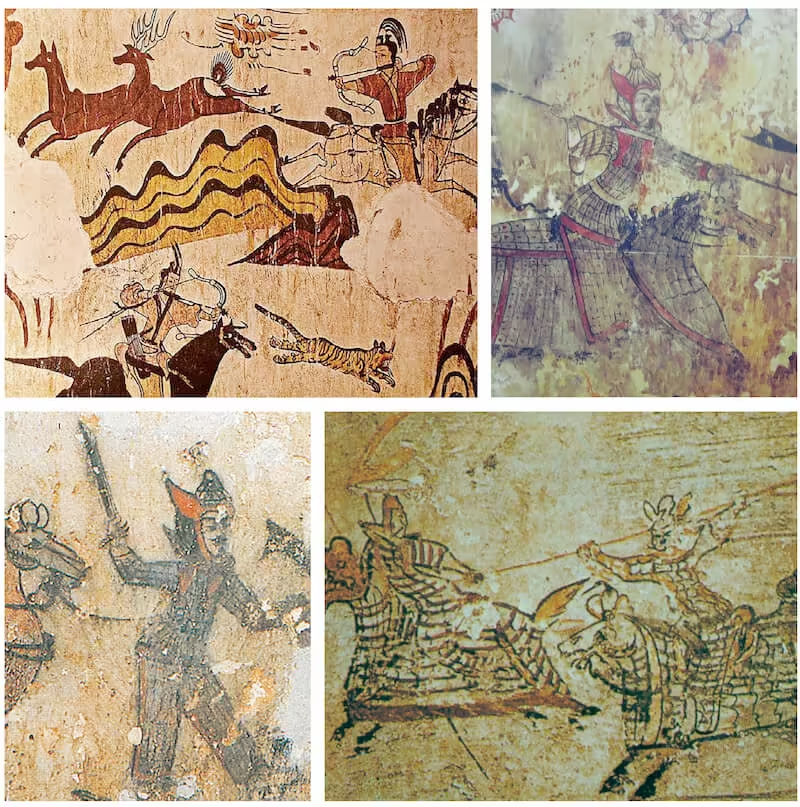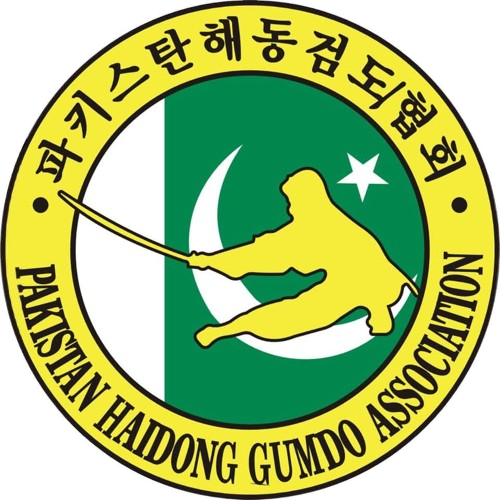
Introduction
Haidong Gumdo® is an elegant and powerful Korean Sword Martial Art. It’s more physically demanding than it looks. The techniques used are designed to improve the practitioner’s overall mental, physical and spiritual well-being.
What does haidong gumdo mean?
Haidong Gumdo® consists of the following 4 Korean words and can be literally translates as:
HAI (해) — SEA DONG (동) — EAST GUM (검) — SWORD DO(도) — WAY
The philosophy meaning of ‘Haidong’ is: the sun rising from the east sea, which means the birth of brilliant light.
HISTORY
Haidong Gumdo®, handed down from Goguryeo
Did Martial Arts originate in hunting and gathering?
The history of Martial Arts is the same as the history of people. Martial Arts began with hunting and gathering for survival in the ancient times. Over the years, hunting and gathering skills continued to improve. Making any sound is not a language, but it started from monosyllables. In the same way, it is meaningless to discuss the origins of Martial Arts. The important thing is that the Martial Arts I am currently learning can improve the quality of my life by protecting my body, improving my health and clearing my mind. The other purpose is to be generous and understand myself and others. The way to do that is by practicing Martial Arts. It helps to understand the relationship between me and others and to keep composure based on right values by exploring my own limits through physical training and by understanding the meaning of each of those movements rather than based on empty words.
Haidong Gumdo®, following the flow of Korea’s history and culture
About 2000 years ago, Korea was divided into 3 kingdoms – Goguryeo, Baekje and Silla. They shared northern borders with China (for the convenience of understanding, countries are mentioned by their current name) and southern borders with Japan across the sea. The three kingdoms which were composed of the same people (like current Korea which is currently divided into North and South), intended to unify the country through many wars. As weapons like swords and bows were used during these wars, it was natural that Martial Arts had been greatly developed during this period. Especially since Goguryeo had to go through many wars with China, Martial Arts continued to get developed. They conducted well-organized training methods to make great soldiers. Each of the kingdoms formed a group of elite warriors for their wars, and the most well-known group to date is Hwarandgo of Silla. Of course, Goguryeo and Baekje also had their elite groups, however, as Silla unified the three kingdoms and removed all the records of the other two kingdoms, all evidence is gone.
The unification of the three kingdoms (called Unified Silla) brought a period of peace, but historical resilience was lost and the spirit of Martial Arts lost its focus. Balhae, successor of Goguryeo, was founded in the north of Unified Silla, which is referred to as the North South States Period. When Unified Silla lost its historical resilience and Balhae started to slowly decay due to constant invasions by China, a new kingdom called Goryeo, reviving the spirit of Goguryeo, was founded to unify the Korean peninsula once again. By reviving the spirit of Goguryeo and inheriting the strength of Unified Silla, Goryeo grew into a stronger kingdom.
Haidong Gumdo® followed the Korean history. Although it originated from Martial Arts of Goguryeo, it absorbed the strengths of Baekje and Silla. Combining the power of Goguryeo and the elegance of Silla, adding the artistry of Baekje, Haidong Gumdo® revived the spirit of Goguryeo.
Goryeo could maintain an equal relationship with China based on its powerful Martial Arts.
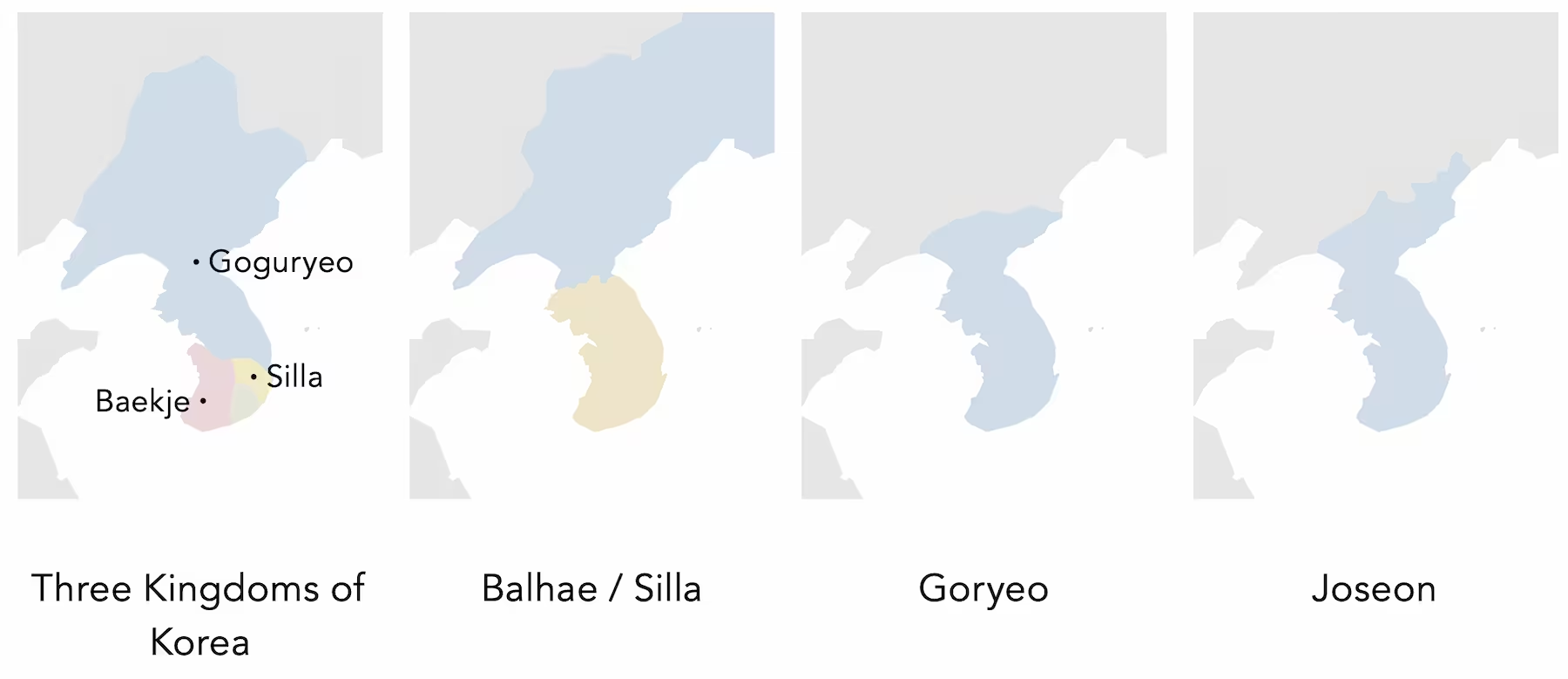
Ancient Korea had gone through a lot of wars to become one unified country as well as to protect itself from the many attacks from other countries. As it was geographically located at the eastern end of the continent, northern countries always targeted Korea first to eliminate
the danger behind their lines. Countries across the sea also attacked Korea to establish a foothold for invading the continent. Despite these endless attacks, Korea has survived and thrived to these days due to its viability, and because it never gave up on their strong swordsmanship or spirit. This shows the dynamic strategy and spirit of Korean Martial Arts which respects other Martial Arts and absorbs their strengths to continually improve.
When a country’s leaders repeatedly give into vain pleasures and exploit the people, it is doomed to perish one day. This is what happened to Goryeo. The kingdom that annihilated Goryeo was Joseon, a kingdom where Confucianism was the national ideology.
In terms of philosophical and mental aspects, it was a golden age in Korean history. However, in terms of Martial Arts, Joseon was the dark ages. They neglected Martial Arts for the benefit of scholastic learning. Of course there were people representing Martial Arts like Admiral
Lee, Sun Shin, who saved the country from many crises. Scholars and civilians also practiced and handed down Martial Arts. Nevertheless, over 500 years, Martial Arts in Joseon gradually lost their energy. In the end, people went into the mountains to receive one-to-one training. This was more so the case during the period of 45 years when Japan annexed Korea.
Training Deciplines

Basic movements
기본동작
Basic stance training harmonizes the mind and body and creates dynamic energy. If you add inner energy to the outward movement of the body, you will be able to develop and change yourself. You must create a flow that fits your body.
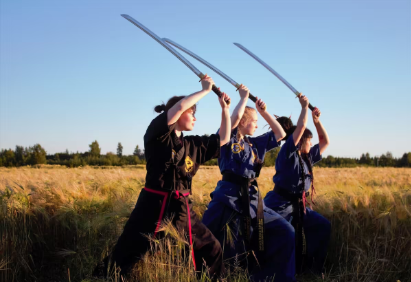
Sword forms
검법
As you become one with the sword, the practitioner benefits from increased strength, focus, coordination, balance, flexibility, breath control, timing and speed of movement which leads to a healthier lifestyle.
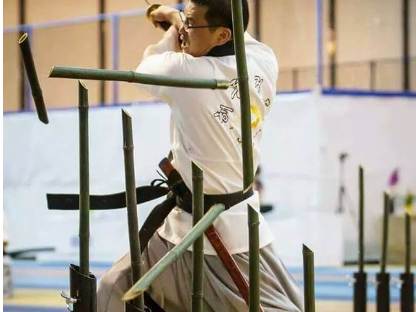
Paper and bamboo cutting
종이 & 대나무 베기
The underlying theories of the sword techniques are mastered through cutting practice. A harmony of speed, power, fast sighting and correct footwork is required.
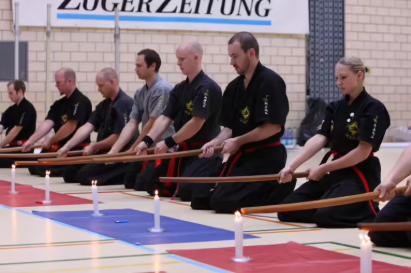
Candle snuffing
촛불끄기
This type of training is used to increase and measure the practitioner’s focus, power, speed, control and accuracy with the sword.
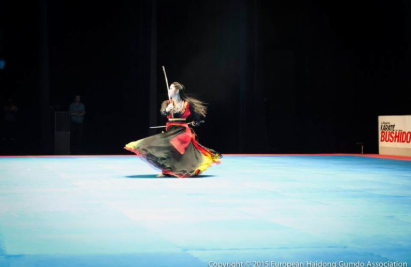
Sword dance
검무
Haidong Gumdo® Sword Dance embraces the culture and history of Korea. It also enables the practitioner the freedom to express and explore their creative side in a fun way to music.
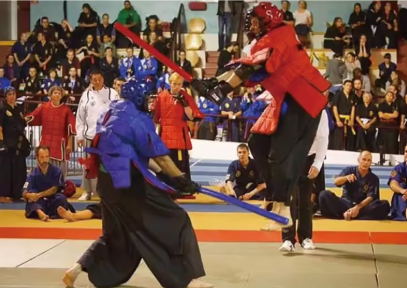
Sparring
대련
Sparring will develop fast reflexes, confidence and judgment where the practitioner will apply the sword techniques learned from Sword Forms.
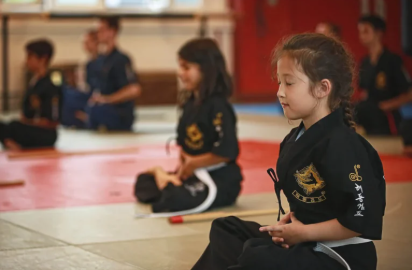
Breathing exercises and meditation
단전호흡
Meditation and breathing exercises enhance the development of internal energy and help in calming both the mind and body.
President PAKISTAN 🇵🇰 HAIDONG GUMDO ASSOCIATION
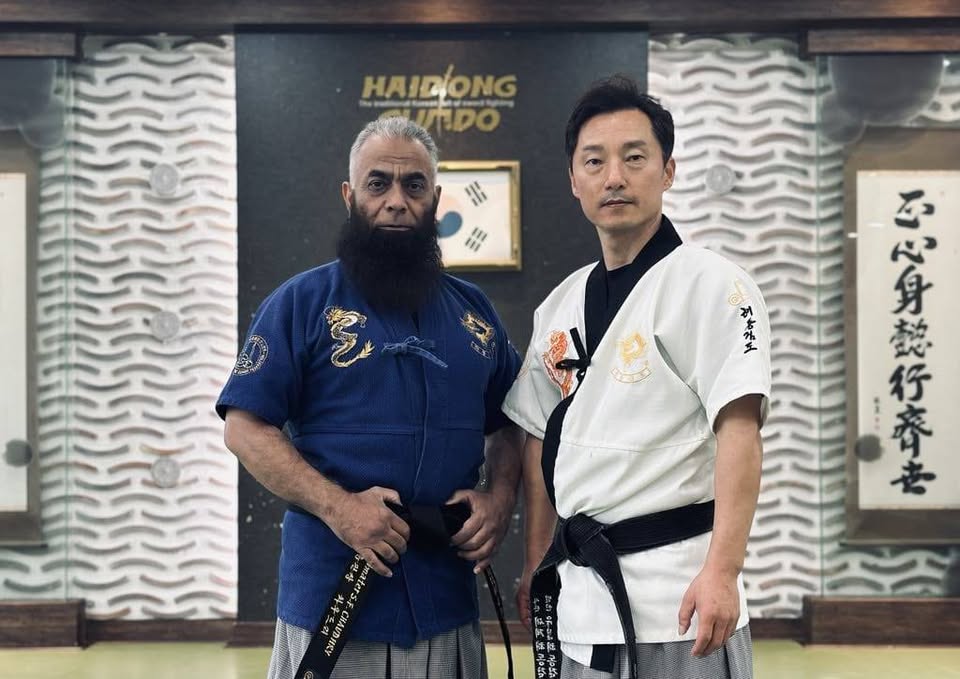
In 2008, Grandmaster Shaukat Fazal Chaudhry became the pioneering force behind the introduction of Haidong Gumdo® in Pakistan. After receiving direct certification and training from the World Haidong Gumdo® Federation in South Korea, he brought this traditional Korean sword martial art to Pakistani soil — becoming the first officially recognized Haidong Gumdo master in the country.
With decades of martial arts experience and a passion for cultural exchange, Grandmaster Shaukat laid the foundation for Haidong Gumdo’s development in Pakistan. He has since conducted national seminars, trained instructors, and inspired a new generation of martial artists to embrace the discipline, focus, and beauty of Korean swordsmanship.
Through his vision and dedication, Haidong Gumdo® Pakistan continues to grow — preserving the art’s spirit while building bridges between Korean martial traditions and Pakistani martial culture.

